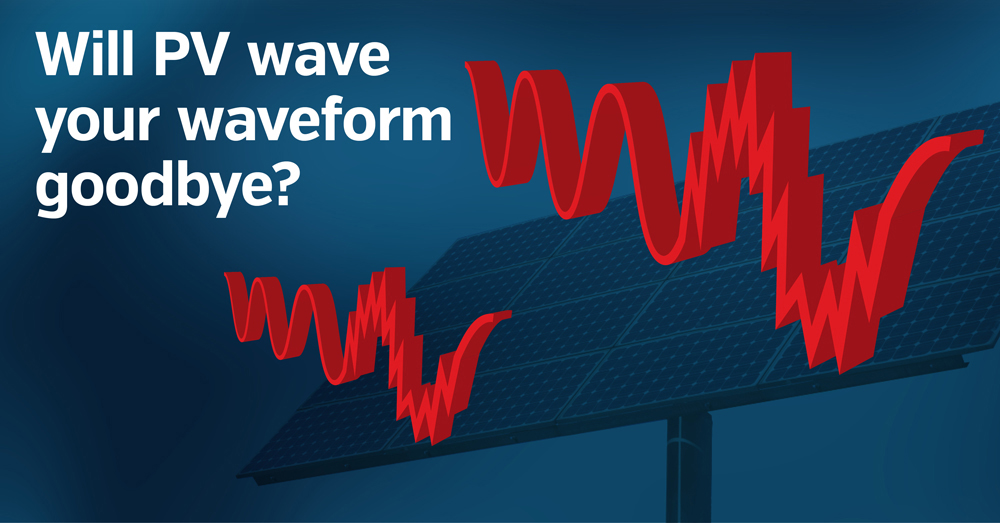Test Encart
more >

The backfill or material surrounding the cable is a critical engineering component of the cable system, which in conjunction with the surrounding material is the means of conduction of the heat, produced by the operation of the cable, to the ground surface. The thermal behavior of the cable system is dependent on the backfill characteristics. . The technical brochure covers the experience from 19 countries covering failures and success in these areas. It also covers the following:
There are several well-known incidents in which the performance and /or condition of the backfill has contributed to the failure of a cable system. One of the most notable was in Auckland in 1998, which suffered failure of all 4 of the 110kV cable circuits feeding the Central Business District. The initial cable breakdown was attributed to either gas loss (from the gas pressure cable) or thermo-mechanical problems; the subsequent 2 circuit failures were due to thermo-mechanical problems (gas pressure and fluid filled circuits) whilst the final (fluid filled) circuit failed due to thermal runaway. One of the main factors contributing to thermo-mechanical and thermal runaway problems was cited as the high thermal resistivity of the backfill material when it was dry, the original system design being based on thermal resistivity values that were not achieved in the actual installation. This brochure will assist designers and operators to understand the criteria related to cable systems to avoid such occurrences.
The document is applicable to MV and HV cable systems
more >

CIGRE Technical Brochure 635, more >

CIGRE Technical Brochure 740, more >

CIGRE Technical Brochure 643 more >

CIGRE Technical Brochure 672, more >

CIGRE Technical Brochure 586 more >

To find the solutions you need in one unique place, join CIGRE. As the preeminent global technical organisation, CIGRE is uniquely positioned to offer the full spectrum of low through high voltage perspectives, industry colleagues and end to end knowledge.
